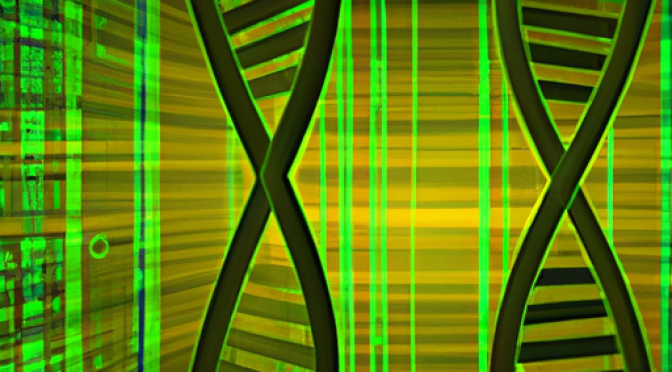How can genetic data be integrated into environmental decision-making processes?
The integration of genetic data in environmental decision-making is becoming increasingly important. Genetic data allows us to better understand the impacts and consequences of environmental change and helps us to make better decisions.
The use of genetic data in environmental decision-making can be beneficial in a number of areas. One of these areas is the protection and conservation of species. Genetic data can help us identify genetic variability between populations and thus better understand the relationships between species and the factors that influence population health and survival. This will allow us to take more effective conservation measures, such as programmes to maintain genetically diverse populations or increase genetic variability.
Integrating genetic data can also help to assess environmental impacts and changes. Genetic data can be used to identify genetic responses to environmental stressors and thus assess the effects of environmental change on populations and ecosystems. This knowledge will allow us to make more accurate predictions of the consequences of environmental change and plan environmental action accordingly.
Integrating genetic data can also help us manage invasive species. Invasive species can pose a serious threat to natural ecosystems and native species. Genetic data can be used to identify the origin, dispersal pathways and expansion potential of invasive species. This allows us to take more effective measures to prevent or control the spread of invasive species.
In addition to the areas mentioned above, the integration of genetic data offers further opportunities for environmental decision-making. However, it is important to note that the use of genetic data is not in itself sufficient to make effective decisions. Genetic data must be combined with other environmental data and information, such as data on the ecological characteristics of populations or data on environmental change. Only then can a complete picture of environmental processes and the possible consequences of decisions be obtained.
Integrating genetic data can therefore make a major contribution to the efficiency and effectiveness of environmental decision-making. The use of genetic data allows us to better understand the impacts of environmental change and to plan environmental action accordingly. However, the use of genetic data is always context-dependent and needs to be combined with other data and information in order to make truly effective decisions in the field of environmental protection.
∑: genetic, environmental, species, decision, making, change, better, decisions, populations
